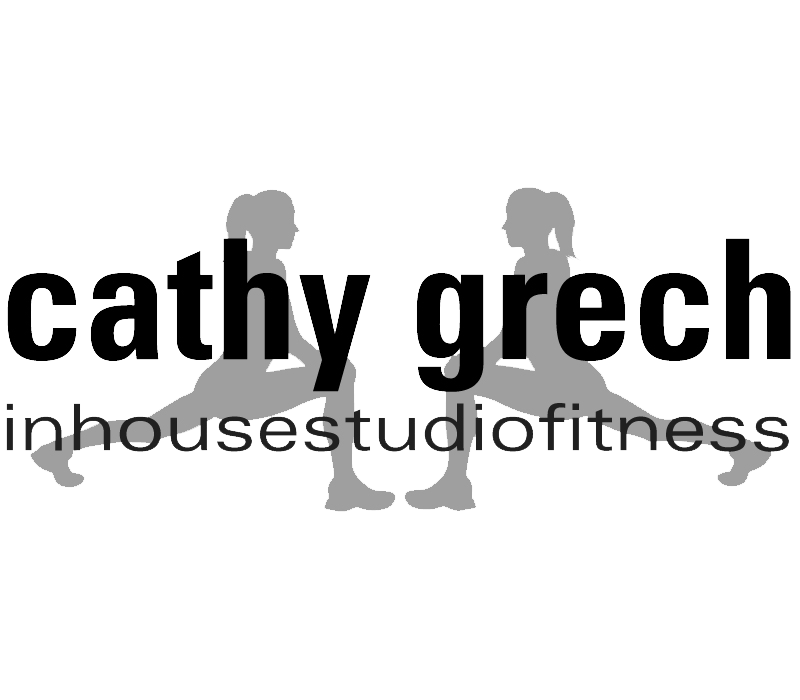The Top 5 Tips on How to Read Nutrition Labels
Going grocery shopping nowadays is like wading through a minefield. We are spoilt for choices and have so much information making it more challenging than ever to work out what is good for you and what isn’t!
As well as this, almost every second label seems to have “lite,” “healthy,” “fat-free,” “low-fat,” or “natural” stamped all over it. It’s just too confusing!
But just how healthy are these items? You cannot rely on the health claims on the labels. Take a closer look at the nutrition label – you may be surprised to discover exactly how unhealthy that “healthy” item claims to be.
To help you wade through the minefield, here are my top 5 personal and practical ways to read the nutrition labels in the supermarket:
1. Comparing the 100g Column and Serving Size
Most labels will have two columns, one is for 100 g and one the typical serving size. If comparing nutrients in similar food products use the per 100g column. If calculating how much of a nutrient, or how many kilojoules you will actually eat, use the per serve column.
But a word of warning, check whether your portion size is the same as the serve size. We often eat way more than the suggested portion size which means we consume more fat, sugar and whatever else is listed. The serving size may be easy with a muesli bar, but is likely to vary with products such as breakfast cereals, yoghurt, spreads, snacks and sauces.
2. Energy
Kilojoules (energy) is a measure of how much energy you get from consuming a food or drink. If you are looking to lose weight you need to eat and drink fewer kilojoules (KJ) than your body uses. It’s simple maths really.
The daily energy intake recommended for the average adult is 8700 KJ but this figure may be higher or lower depending on your age, gender, height, weight and physical activity levels.
Now one thing to keep in mind is not all KJs are created equal. Different foods have varying affects on how full you feel after eating. Your body responds differently to calories from different sources.
You want to try and stick to foods with a low gylcemic index (GI) which means it keeps you feeling fuller for longer (foods high in fibre are great for this). So try and swap high GI foods to low – instead of white bread, use wholegrain or multigrain, swap white rice for brown and stick to sweet potatoes. Replace highly processed breakfast cereals with natural muesli or traditional porridge oats.
3. Fat
There are good fats and bad fats – we all need some fat in our diet so stick with monounsaturated and polyunsaturated fat but steer away from saturated fat and trans fatty acids as these play a big role in contributing to gaining weight and heart disease.
Monounsaturated and polyunsaturated fats found in nuts, olive oil and avocado are good for you. Essential fatty acids found in fish, nuts and seeds are, as their name suggests, essential as your body can’t produce them.
As a general rule, choose foods with less than 10g per 100g total fat. For milk, yoghurt and ice cream, choose less than 2g per 100g and for cheese, choose less than 15g per 100g.
With saturated fat, aim for the lowest, per 100g. Less than 3 g per 100g is a good guide.
4. Sugars
I personally don’t believe in the “no sugar” diet but that doesn’t mean it’s a free for all and you can eat as much sugar as you like. - I suggest you try to avoid larger amounts of added sugars . But here is where it gets challenging, sugar is often not labelled as “sugar” on a nutrition label. Sugar can go under many names such as dextrose, fructose, glucose, golden syrup, honey, maple syrup, sucrose, malt, maltose, lactose, brown sugar, caster sugar, maple syrup, raw sugar, sucrose.
If the sugar content per 100g is more than 15g, check that sugar (or any of the other names for added sugar) is not listed high on the ingredients list.
5. Salt
Again a bit of salt is fine but food with less than 400mg per 100g are good, and less than 120mg per 100g is even better.
Like sugar, salt can go under many other names too such as sodium, baking powder, celery salt, garlic salt, meat/yeast extract, monosodium glutamate, (MSG), onion salt, rock salt, sea salt, sodium, sodium ascorbate, sodium bicarbonate, sodium nitrate/nitrite, stock cubes, vegetable salt. So again double check the label to ensure you are not consuming too much of it as it can increase your blood pressure which puts a greater strain on your heart, arteries, kidneys and brain.
Nutrition labels can be confusing but if you use the above five tips, you will better understand what you are consuming and help you ignore all the marketing ploys companies use to trick us into buying foods that meet up to their claims!
